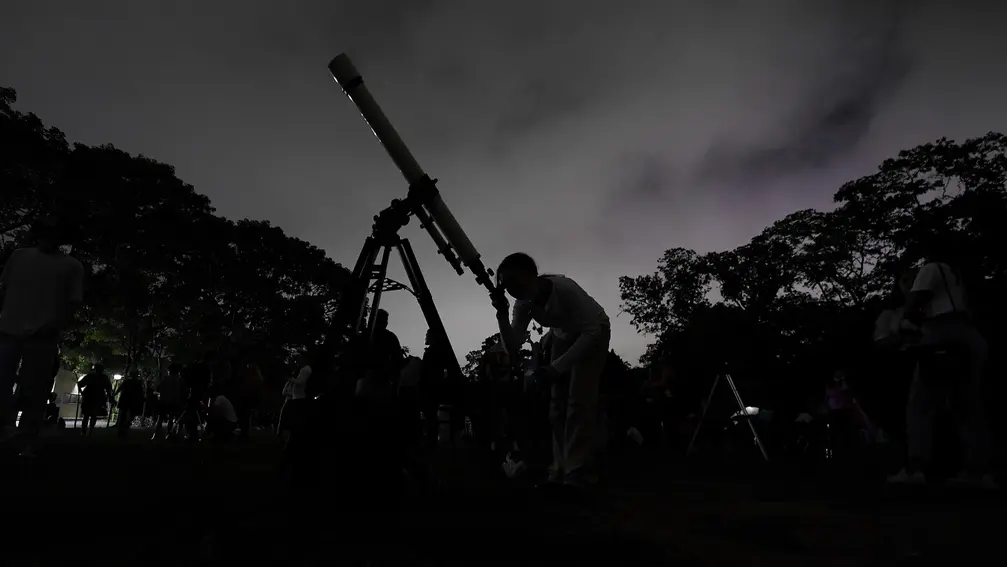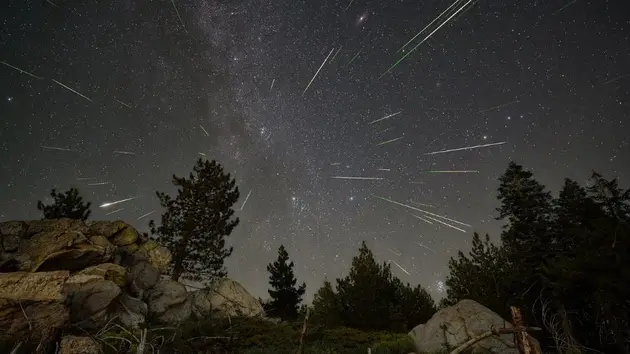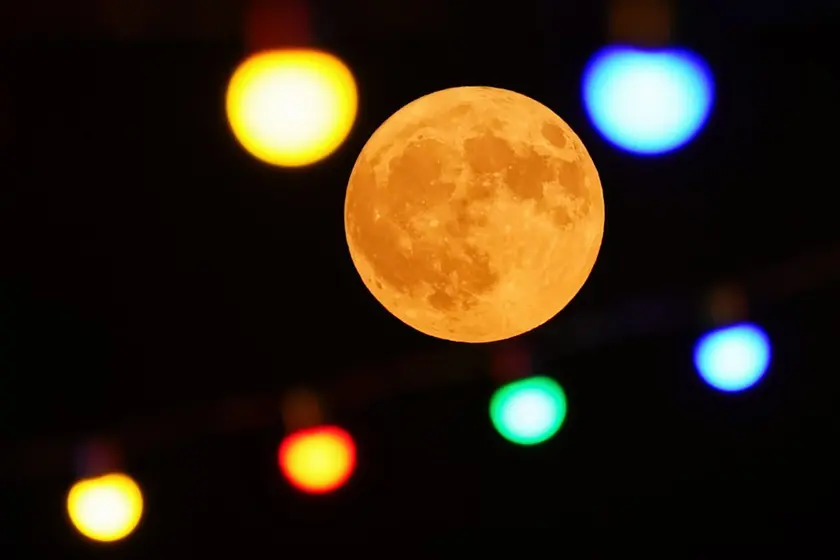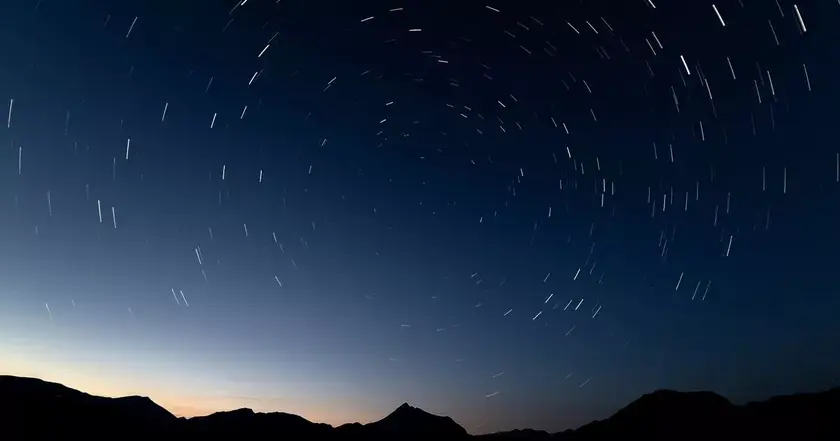T4K3.news
Planet Parade Lights Up Skies
A weeklong pre-dawn sky show linking the Moon with six planets, highlighted by Mercury’s greatest elongation on Aug 19.

A weeklong pre-dawn sky show links the Moon with six planets, with Mercury at its best on August 19.
Planet Parade Lights Up Skies as Mercury Appears
From August 17 to 21, a pre-dawn planet parade brings the Moon and six planets into view. Observers can expect four planets to be visible to the naked eye about an hour before sunrise, with Mercury reaching its greatest elongation west on Tuesday, August 19 and becoming easier to spot as dawn light grows. The bright Moon will sit above Venus and Jupiter in the eastern sky, while Saturn appears lower toward the south; Uranus and Neptune remain visible only through a telescope. Tuesday’s viewing is highlighted by the Moon’s crescent, a moment many skywatchers will want to capture.
Key Takeaways
"Mercury steals the dawn, a tiny beacon in the blue gray."
Highlights Mercury’s morning appearance during the parade.
"Earthshine turns the crescent into a pale page of the sky."
Notes the glow visible on the Moon.
"A morning sky that invites curiosity more than certainty."
Editorial comment on public engagement with astronomy.
"The solar system on display, close enough to marvel at."
Encourages wonder during the event.
The event shows why simple, regular skywatching matters. It invites families, students and casual observers to engage with science firsthand, turning a routine morning into a shared astronomical moment. The mood online often flips between wonder and skepticism about whether such alignments matter, but this parade underscores how our solar system still moves in public view. At the same time, light pollution and urban glow remind us that access to clear pre-dawn skies is not guaranteed for everyone. The next notable parade arrives in October 2028, when several planets align before sunrise again, offering another chance to connect with the cosmos.
Astronomy literacy grows when observers can verify facts with their own eyes. Events like this also expose gaps in understanding, such as why the lineup is an optical illusion and not a true planetary meetup. That distinction matters for public appreciation of science and for encouraging ongoing curiosity beyond a single spectacle.
Highlights
- Mercury steals the dawn, a tiny beacon in the blue gray.
- Earthshine turns the crescent into a pale page of the sky.
- A morning sky that invites curiosity more than certainty.
- The solar system on display, close enough to marvel at.
Keep looking up and let the sky teach you something new.
Enjoyed this? Let your friends know!
Related News

Planet Parade Lights the Dawn Sky

Planet parade and meteor shower over Seattle

Planet Parade Illuminates August Morning Sky

Perseid Meteor Shower Weekend Viewing

Sturgeon Moon 2025 visible this weekend

Double meteor shower peaks tonight in the UK

Sturgeon Moon and Perseids visible together in UK

Planet Parade Brightens the Dawn Sky
